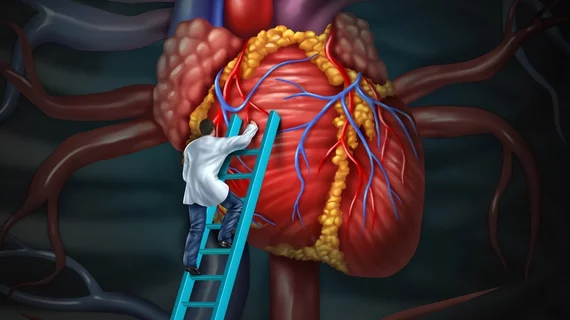Catheter ablation tops medication alone for treating AFib—but the risk of complications remains
Catheter ablation provides more value as a first-line treatment for paroxysmal atrial fibrillation (AFib) than antiarrhythmic medications, according to a new meta-analysis published in JAMA Cardiology.
The study’s authors explored data from six randomized clinical trials (RCTs) from January 2000 to November 2020. All studies compared AF ablation with antiarrhythmic medications and included at least one full year of follow-up data. Retrospective studies, case reports and studies published in a language other than English were excluded from the team’s meta-analysis. The six RCTs covered more than 1,200 patients.
Overall, the group reported, catheter ablation was associated with a 68% reduction in hospitalizations and a 38% reduction in the total number of recurrent atrial arrhythmias compared to antiarrhythmic medications.
The research team warned that clinicians should not read these findings and immediately recommend catheter ablation for every AFib patient they encounter.
“Catheter ablation is an invasive procedure with the potential for complications,” wrote lead author Mohit K. Turagam, MD, of Mount Sinai Hospital in New York City, and colleagues. “The major adverse event rate observed in our meta-analysis was 4.2% in the ablation group and 2.8% in the standard therapy group. While this finding was not statistically significant, catheter ablation may be disadvantaged by the temporal distribution of these events; the complications of ablation occur immediately, and those related to drugs occur over time (including additional events expected beyond the end of the trial). Moreover, major adverse events and mortality from long-term antiarrhythmic drugs are mostly related to persistent AFib and structural heart disease.”
With these factors in mind, Turagam et al. described antiarrhythmic medications as a “reasonable option” for a first-line treatment for paroxysmal AFib. If the medications aren’t successful, clinicians can then confidently consider catheter ablation.
As always, they added, “the importance of patient selection, operator experience and shared decision-making interactions with patients should not be underestimated.”
Click here for the group’s full analysis.

